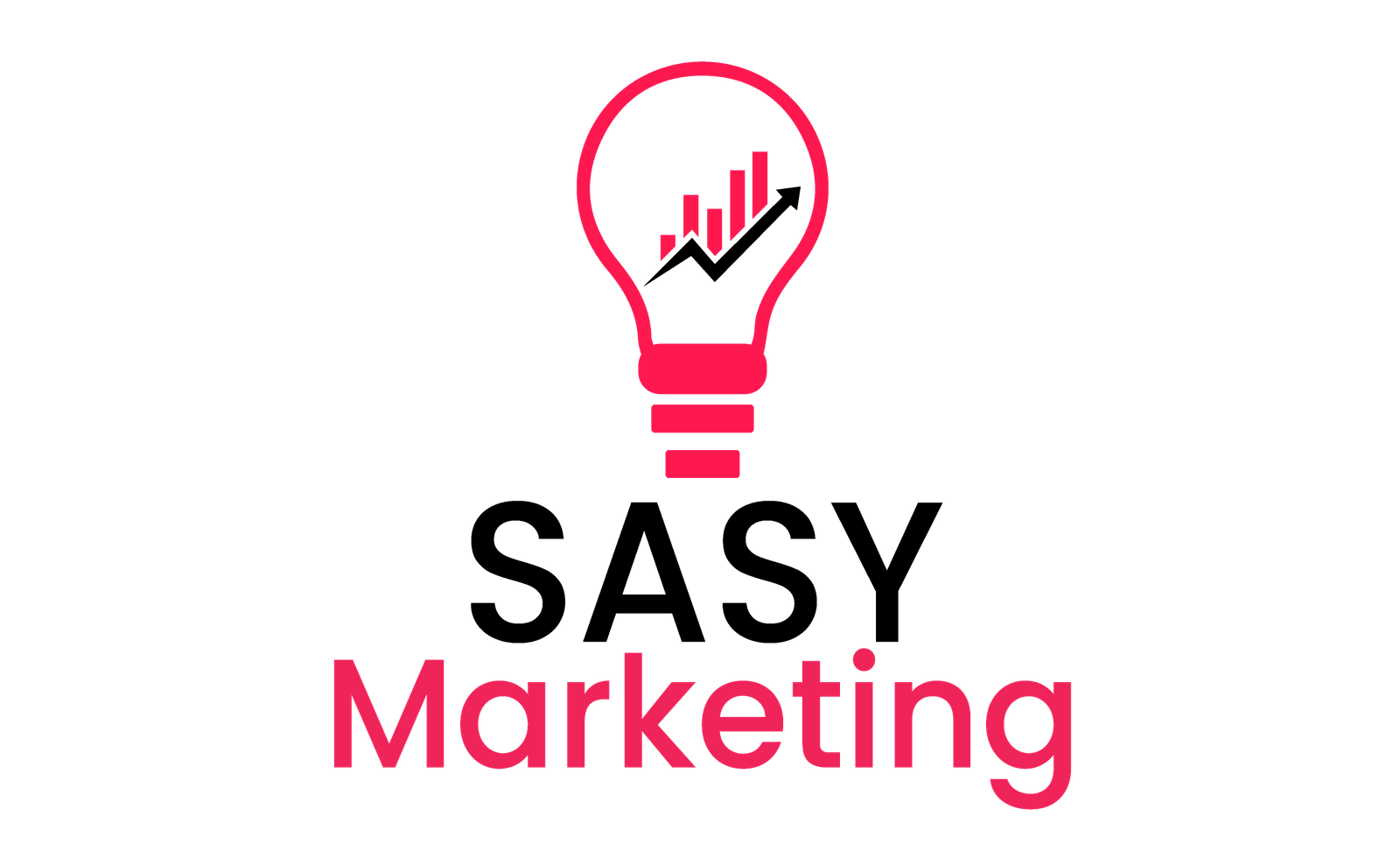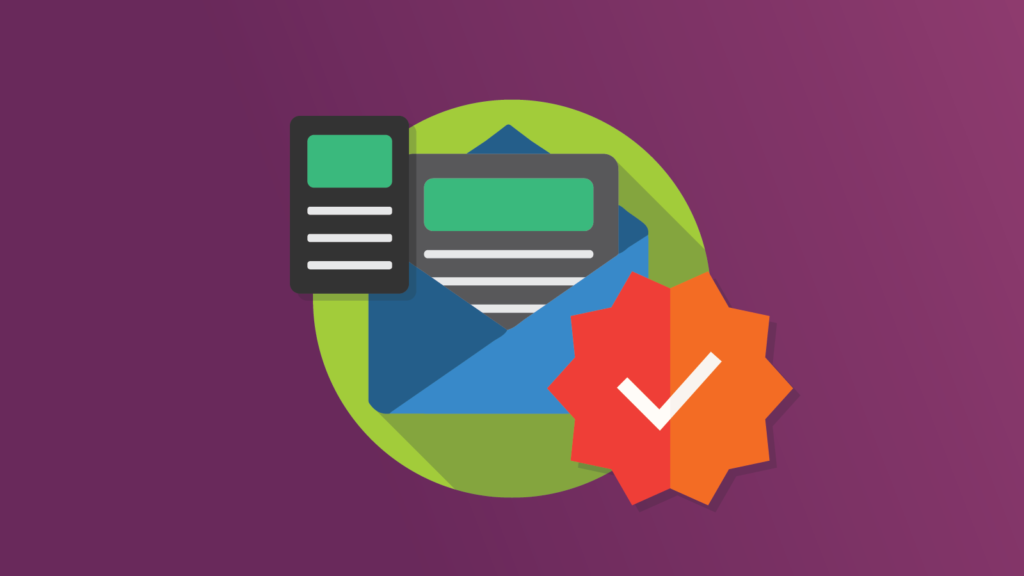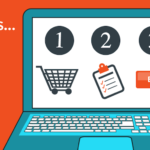Understanding Email Coupons: Types, Benefits, and Best Practices

There is no doubt about it: People love saving and getting coupons that can shave some money off their purchases.Due to the rise in technology, the days of reviewing your newspapers and looking for coupons are gone. Now, the coupons come to you through emails.
Email coupons are digital coupons that serve the purpose of a traditional coupon are sent to customers through emails.
With inflation at an all-time high, every dollar counts, and personalized coupons can help. So, if you want to improve your sales strategy, let’s check out what email coupons are and how they can help you.
What are Email Coupons?
Email coupons are digital vouchers or promotional codes sent to subscribers via email that can be redeemed online or in-store for a discount, free item, or other special offers.
These offers are designed to encourage recipients to complete an action—usually making a purchase.
Coupons are a great way to increase customer engagement and drive immediate conversions by giving customers a reason to act.
In addition to discounts, email coupons may include perks like free shipping or bonus gifts, offering a more personalized experience to the customer.
Companies often use them as part of their email marketing campaigns, sending them to specific segments or the entire mailing list to generate immediate results.
The Rise of Email Coupons and Promotions
Digital marketing, including email coupons and promotional offers, has evolved from a nice-to-have to an essential way to drive customer engagement and increase sales. The online market is very competitive, and consumers are more deal-conscious than ever. The data shows that over 60% of shoppers seek promotional codes before shopping online. This trend is growing because email coupons significantly influence purchasing decisions.Email coupons are such a hit because they’re easy and immediate. Digital coupons replace physical vouchers, providing customers with savings on the spot with just a few clicks. Discount codes are among the most loved promotions because shoppers can apply a percentage or a dollar amount to the purchase. Nearly 70% of consumers use promo codes, which respondents consider easier to redeem and can be used on various products.
Apart from discount codes, other promotional offers, such as buy one, get one (BOGO) deals and free shipping promo codes, are also essential considerations when alluring customers. BOGO deals can dramatically increase order values because consumers look to optimize the opportunity. Studies have also shown that 76% of shoppers won’t buy unless the product is free shipping, which is acted upon by many retailers.The surge of email coupons is not just at special shopping events like Black Friday or Cyber Monday. Brands use them year-round to attract new customers, re-engage existing ones, and reward loyalty.
The truth is that businesses are tapping into saving psychology to keep their audience engaged for an extended period. Businesses are offering exclusive member-only deals or limited-time coupons to retain their audience’s interest.Email Coupons remain essential in customer retention and acquisition strategies. They allow a brand to stand out in a sea of other brands while also providing consumers the value they want.
According to May 2024 data by the SPAR Group, 35% of US consumers access or download digital coupons when shopping in-store.
Types of Email Coupons
Not all coupons are created equal. Various types of email coupons can be used depending on the target audience, marketing goals, and the products or services offered.
Here are the most popular kinds:
- Discount Codes
Discount codes are one of the most common forms of email coupons. A coupon of this type includes a percentage off (20% off, for example) or a fixed amount off ([$], for example) of a customer’s purchase.
On the other hand, they are very effective at inspiring instant purchases, such as promotional campaigns or clearance sales.
These codes are customizable or sent to a massive email list to reach fresh and returning customers.
When to use: Ideal during product launch, clearance sale, or as a cart abandonment recovery.
- BOGOs
Due to their extra benefit, Buy One, Get One Free (BOGO) promotions are desirable to customers.
These offers drive better purchase values by encouraging the customers to buy more. Depending on the campaign’s goals, this could be a variation such as Buy one, get one 50% off.
When to use: Great for moving overstock items, product launches, and back to school.
- Limited Time Coupons
These offers expire, creating urgency and FOMO (fear of missing out).
By giving a coupon expiration date, you’ll incentivize customers to take action now before that deadline runs out—the psychological trigger of this strategy, which can see sales rise quickly in minutes.
When to use: It works well in a flash sale, end-of-season promotion, or around a holiday.
- Member Coupons
Sometimes, it works best to offer these special offers to customers who are loyalty program members.
Member coupons are great for retaining high-value customers and making them feel like they matter.
More significant discounts or better rewards than general public promotions are typically offered.
When to use: They are great for using as a loyalty program or VIP member group to encourage repeat customers.
- Holiday Promos
The holiday season is a good time to send holiday-themed coupons. For instance, the promotions can be connected with the festive soul, like Christmas, Black Friday, or Valentine’s Day, and encourage customers to buy things for themselves or as gifts.
When to use: Shopping is top of mind during any major holiday or event season; thus, prime time is essentially these times.
- Free Shipping
One of the most commonly used email coupons is free shipping. For many, shipping costs are the key hurdle when determining whether to purchase. Free shipping can reduce cart abandonment and keep the checkout attractive.
When to use: It can be the anytime offer, the season promotional offer, or as a certificate to help increase sales for higher value items.
- Free Items
Some customers don’t mind if you offer a free item with a purchase instead of a percentage discount. It can help if you need to promote new products or drain old stock.
When to use: Perfect for product launch or clearance campaigns to bump up an item’s perceived value.
Why Should You Send Email Coupons?
If you’re wondering why you should incorporate email coupons into your marketing strategy, here are some of the key benefits:
- Helps Grow Email Lists
One excellent way to entice people to sign up for your mailing list is through coupons.
Providing a discount code or free shipping in exchange for your email address can help you build your subscriber base quickly.
That can then be used for other email marketing campaigns later to nurture new leads further.
- Better ROI
Email marketing already has a high Return on Investment, but adding email coupons to your campaigns can turbocharge your results.
This offers incentives to increase click-through rates, engagement, and, hopefully, conversions.
- Increases Sales and Grow Customers
Email coupons let customers get a deal, and a deal they love. Coupons are a form of giving the customers another reason to buy with you instead of your competitors.
Not only does it increase sales, but it also encourages first-time buyers to become return business.
- Customer Retention
A good way to keep your existing customers engaged with your brand is to send them exclusive coupons.
This rewards their loyalty with special offers or discounts and, in turn, increases the lifetime value of your business, which they will keep coming for.
- Word of Mouth Branding
Not only are coupons valuable to the person who gets them but they can be passed on to friends and family.
Encourage customers to share their email coupons with their networks to generate extra traffic and sales. This expansion of your reach comes with no additional marketing costs.
Best Practices for Creating Email Coupons
What is more than slapping a discount code on an email and hitting send when creating effective email coupons?
Follow these best practices to ensure your coupons achieve maximum impact:
Personalization is Key
From a marketing point of view, personalization has become the need of today. Personalize your email coupons, either by writing the recipient’s name in the body of the email or tailoring the offer based on the recipient’s past shopping behavior and you are sure to increase the engagement rates.
Segment Segment Segment
Don’t send out the same email coupon to everyone. Based on factors such as customer behavior, purchase history or geographic location split your email list.
You can now send offers that are more relevant to the recipient and more likely to be converted.
Use Attractive Subject Lines
This is the first thing that your recipient will see when they open your email your subject line. Stress the amount of value of the coupon and make sure it is urgent.
Phrases like “Limited Time Only: “20% Off” or “Your Exclusive Discount Inside” will get people opening their email and interested in the content.
Detail How the Coupon Can Benefit the User
Provide clearly explanation of what the coupon will do for the recipient. Always make value obvious, whether that’s a percentage off or a free item.
Rather than eluding into the complicated math on the back, I like to call out the benefits. For example ‘Save $20 on your next purchase‘ makes it easier for the recipient to understand the value of using the coupon.
Create FOMO
FOMO is a powerful motivator for customers. Make sure to give that coupon a shelf life or exclusivity, to generate urgency.
Phrases like ‘Hurry, offer ends tonight!’ motivate people to hurry up and take action.
Use Membership Programs
Email coupons make good use of membership programs to create customer loyalty which lasts long.
Exclusive deals and discounts are an amazing way to show love to your members and get them to stay engaged with your brand not only in the short term but also over the long term.
Mobile Coupons
Your email coupons need to be mobile-friendly with the growing number of customers who open emails from mobile devices.
Make sure your email is responsive and make sure the coupon can be easily redeemed from a smartphone or tablet.
40% of consumers use phones to look up discounts and promotions
Encourage Users to Share Coupons
Encourage your recipients to pass the email coupons around to their friends or family. If you have social sharing buttons or referral links, your reach increases and you and your new customers show up. No additional ad spend is necessary.
A/B Testing
Try out different parts of your email coupons to understand which ones work. Running A/B tests allows you to optimize future campaigns with better results whether it’s the subject line, call to action, or design.
Use the Power of Email Coupons to Gain Sales
Email coupons are a great way to engage and retain customers. These digital vouchers are a win-win for both the business and the customers.
The customers get value-added discounts and the brand gets the business it needs from its customers.
Recipients of email coupons are more likely to remain engaged with your brand, more likely to buy, and more likely to achieve long term customer loyalty.
With these best practices in place and a range of coupon types to play around with, your offers could be tactical, personalized, relevant, and one that isn’t only valuable to your customers, but also good for you.







